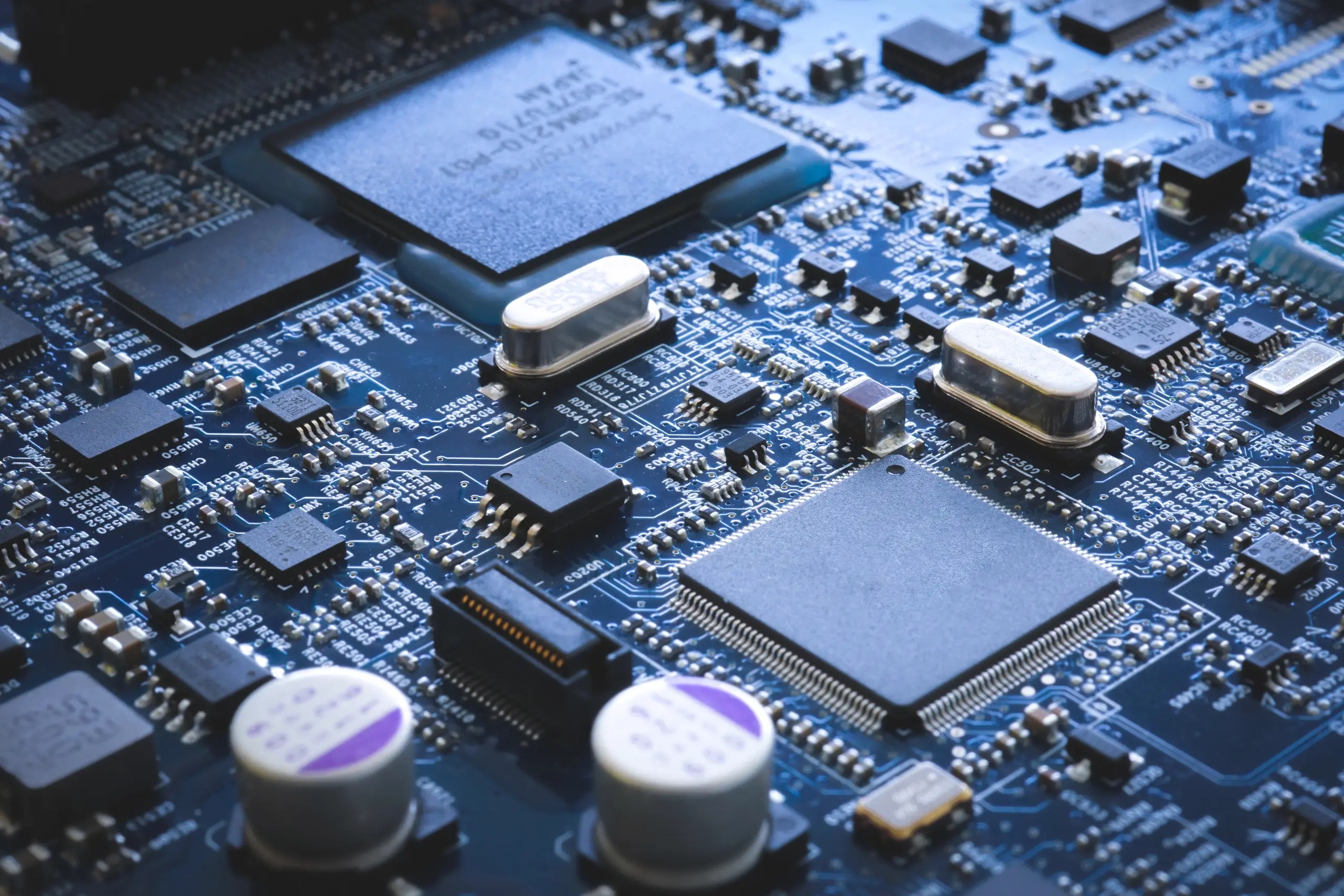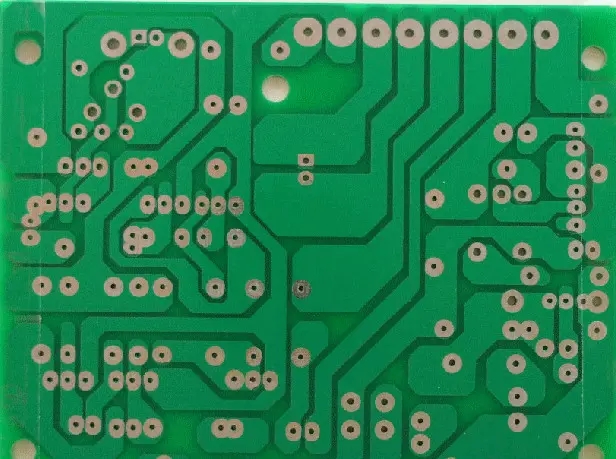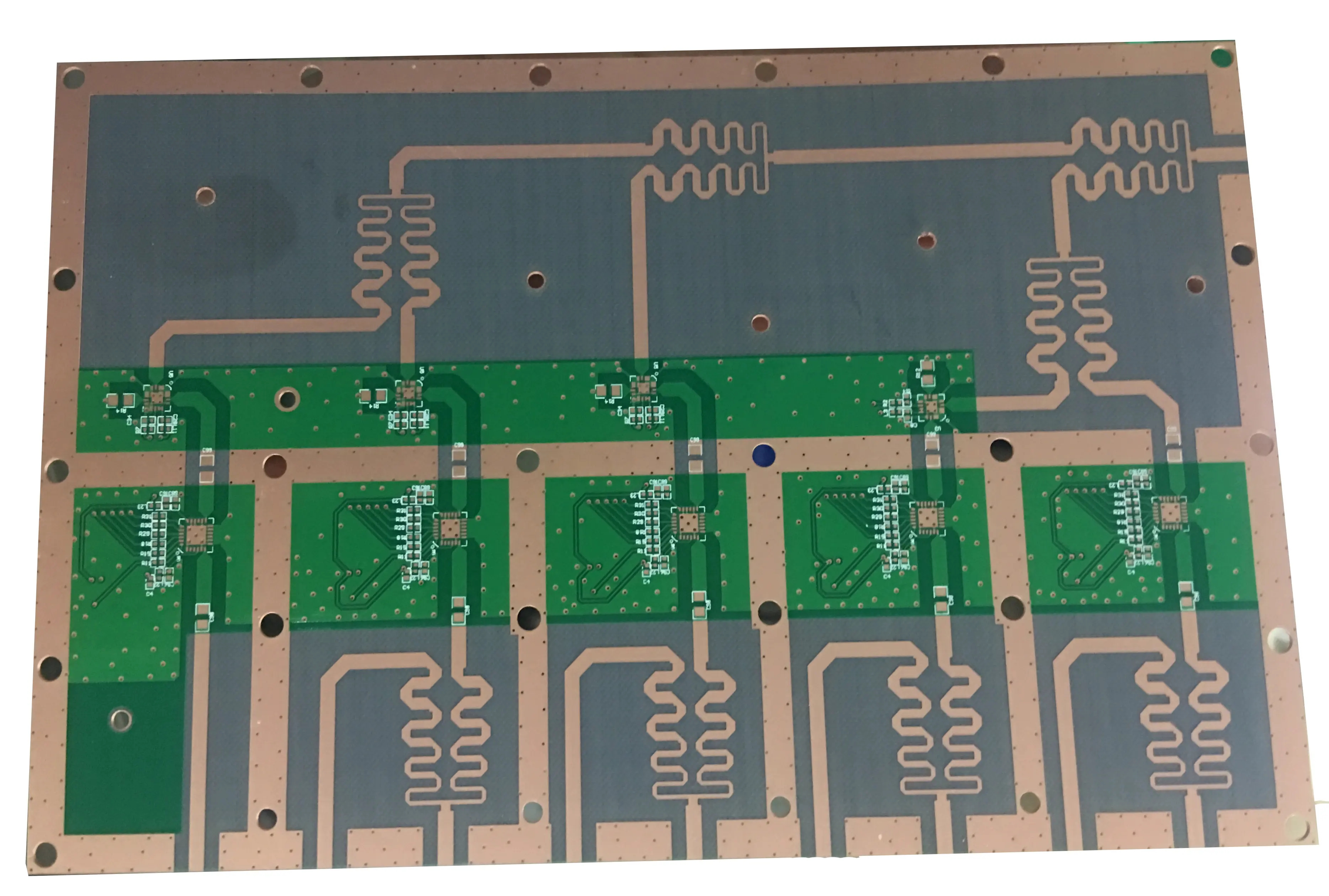
Discussion on high-power LED lighting technology
High brightness light emitting diode (LED) is becoming a new generation light source for upgrading the traditional lighting industry due to its characteristics of low power consumption, long life, fast response, no stroboscopic, small size, no pollution, easy integration, etc. Today, energy conservation, emission reduction and environmental protection are increasingly concerned. Semiconductor lighting has become a new economic growth point in PCBA processing, and has been highly valued by governments, scientific and technological circles and industry circles around the world. So far, the United States, Japan, Europe, Chinese Mainland and Taiwan, China have all launched their own semiconductor lighting plans, and the high-power LED lighting industry has become one of the most eye-catching industries.
It is worth noting that up to now, the upstream epitaxial chip technology has been basically mature and finalized, and the cheap and high-quality LED chips have been able to meet the needs of lighting. Now, the pricing power is being transferred and developed to the midstream packaging and downstream application terminal markets. This means that whoever can apply the chip well and manufacture high-power LED lighting products with long life and high efficiency will be the ultimate winner of the LED industry. The problems in the packaging and application of high-power LED lighting have been highlighted, among which the most critical is how to solve the heat dissipation problem of high-power LED lighting. This is not only a technical problem in structural design and engineering application, but also involves scientific issues such as thermal management mode and fluid mechanics. Completely different from the existing high-power LED series lighting technology of "chip aluminum substrate heat dissipation three-layer structure", the "chip heat dissipation integration (two-layer structure) integrated high-power LED lighting series lamps" we developed may have revolutionary and subversive significance in terms of technical route, and will become a new development direction of high-power LED lighting industry.

1. Current status of high-power LED lighting products
At present, the luminous efficiency of LED can convert about 30% of electric energy into light, and the remaining 70% of electric energy into heat energy, which increases the temperature of LED. Low power LED can be used well without taking heat dissipation measures because of its very small heat output, such as instrument lights, signal lights, small size LCD screen backlight, etc. But for high-power LED, when it is used in commercial buildings, roads, tunnels, industrial mines and other lighting fields, its heat dissipation is a big problem. If the heat of the LED chip cannot be dissipated, it will accelerate the aging of the chip, light attenuation, color shift, and shorten the life of the LED. Therefore, the structure mode and thermal management design of high-power LED lighting system are very important.
All high-power LED lighting fixtures on the market now adopt the "chip aluminum substrate radiator three-layer structure mode", that is, first package the chip on the aluminum substrate to form the LED light source module, and then place the light source module on the radiator to manufacture high-power LED lighting fixtures.
It should be pointed out that at present, the thermal management system of high-power LED still uses the way that LED was used for indicator lights and display lights in the early days, which belongs to the thermal management mode of low-power LED. The high-power LED lighting is prepared by using the "chip aluminum substrate radiator three-layer structure mode". There are obvious unreasonable aspects in the system structure, such as more contact thermal resistance between structures, high junction temperature, and low heat dissipation efficiency. Therefore, the heat released by the chip cannot be effectively exported and dissipated, resulting in low luminous efficiency, large light attenuation, and short life of LED lighting fixtures, which cannot meet the lighting requirements.
How to improve the heat dissipation capability of packaging is one of the key technologies to be solved urgently at this stage. The development direction and focus of LED lighting products are: high power, low thermal resistance, high light output, low light attenuation, small size, light weight, so the requirements for LED heat dissipation efficiency are getting higher and higher.
However, due to the limitations of many factors such as structure, cost and power consumption, it is difficult to use active cooling mechanism for high-power LED lighting, and only passive cooling mechanism can be used, but passive cooling has greater limitations; Moreover, the energy conversion efficiency of LED is low. At present, about 70% of the energy is still converted to heat. Even if the luminous efficiency is doubled, 40% of the energy is still converted to heat. In other words, it is difficult to improve to the extent that heat dissipation is not considered, so in the long run, heat dissipation of high-power LED lighting will be a long-term problem.
Now the time is ripe for high-power LED to be used in lighting. Developing an efficient thermal management system with natural heat dissipation has become the precondition and key factor for the industrialization of high-power LED lighting. Therefore, a new technical route and system structure are needed to thoroughly solve the heat dissipation problem of high-power LED lighting.
2. New technical route of high-power LED lighting industry
Aiming at the problems of multi thermal resistance and low heat dissipation capability in the existing high-power LED lighting heat dissipation technology, we try to solve the series of problems of low light efficiency, serious light attenuation and high cost of high-power LED lighting through the "chip heat dissipation integration (two-layer structure) mode".
2.1 Technical route
The "chip heat dissipation integration (two-layer structure) mode" not only removes the aluminum substrate structure, but also directly places multiple chips on the radiator to form a multi chip module single light source and prepare an integrated high-power LED lamp with a single light source, which is a plane light source or a cluster light source.
2.2 Technical keys
How to enhance the thermal conductivity of the chip and reduce the thermal resistance interface layer involves the structural mode of the thermal management system, fluid mechanics and engineering application of super thermal conductive materials; How to effectively control the heat storage of the heat dissipation matrix, plan the convection heat dissipation path, and establish an efficient natural convection heat dissipation system mainly starts from the structural design of the lamps.
2.3 Technical proposal
The thermal resistance layer is reduced by changing the packaging structure, heat dissipation structure and lamp structure mode of LED light source; The application of super thermal conductive materials increases the thermal conductivity of the chip heat source; The thermal management system is optimized based on the "chip heat dissipation integrated two-layer structure" to increase the air flow and form natural convection heat dissipation.
2.4 Design ideas
High power LED lamps are prepared by modularization. The light source, heat dissipation, shape structure, etc. are packaged into an integral module, and the modules are independent of each other. Any module can be replaced separately. When a part fails, it is only necessary to replace the faulty module without replacing other modules or replacing the whole module. All modules of the lamps can be disassembled and assembled by hand to achieve convenient, fast and low-cost maintenance.
2.5 Key points of design
For system modularization, in addition to meeting the requirements for heat dissipation and replacement of lamps, it must also meet the optical (optical efficiency) demand and modeling (market) demand of LED lighting lamps.
3. Introduction to integrated chip cooling structure
"Chip thermal integration (two-layer structure) mode" is a new LED light source packaging mode, structure mode and thermal management system mode. The high-power LED lighting lamps prepared by using this technical mode not only completely solve the problem of heat dissipation, but also effectively solve the problems such as light distribution, light efficiency, life and maintenance. A series of high-power LED products with long life and high light efficiency have been developed, such as street lamps, downlights, tunnel lamps, industrial and mining lamps, automotive headlights, landscape lamps and other lighting equipment.
3.1 Technical characteristics
3.1.1 Connect the chip and aluminum alloy+super thermal conductive material composite matrix (radiator) as a whole, apply the unique high-power LED packaging technology, and directly package multiple chips on the heat dissipation matrix, so that the thermal resistance between the chip and the heat dissipation matrix is smaller. The entire heat dissipation matrix is a complete lamp, forming an integrated high-power LED lighting component.
3.1.2 The thermal management system is designed based on the principle of bionics, and the chip heat dissipation integrated two-layer structure thermal resistance model is established to calculate the junction temperature and predict the life.
The chip one heat dissipation integrated two-layer structure is characterized by that the heat source chip is directly packaged on the radiator. As the temperature of the heat source rises, air flows in the porous radiator. The porous radiator provides a flow channel for air convection, and heat is automatically emitted to ensure that the chip can work normally within the safe use temperature range. The advanced heat conduction and convection system ensures good heat dissipation and further improves the luminous efficiency of the chip.
3.1.3 Install the chip (45mil × 45mi1) for integrated packaging (chips are concentrated in a small area) to obtain a surface light source with high luminous efficiency, which is characterized by high luminous flux density, high total luminous flux and low glare.
At present, the above technologies have been used to prepare high-power LED lighting fixtures in the "chip heat dissipation integration (two-layer structure) mode", such as street lamps, tunnel lamps, downlights, spotlights, etc. In addition, the current high-power LED automobile headlights all need electric fans to enhance heat dissipation, which is difficult to meet the market application needs. The cluster high-power LED automobile headlights made of two-layer structure solve the limitations of the current automobile lamp industry in manufacturing automobile headlights with LED light sources
3.2 Product technical indicators and advantages
(1) High efficiency heat dissipation: natural heat dissipation mode is adopted to completely solve the heat dissipation problem of high-power LED (temperature difference<4 ℃, radiator temperature<60 ℃, measured at ambient temperature>35 ℃);
(2) High current: the rated current supplied to each chip is 400-450 mA;
(3) High lighting effect: the whole lighting effect reaches 90.9 lm/W;
(4) Long life:>50 000h;
(5) Low light attenuation: the test result of National Lighting Quality Supervision and Inspection Center is: no light attenuation in 1000h life test;
(6) Integrated: The integrated type is COR (Chip On Radiator), that is, the chip integration is directly bonded to the radiator, which is completely different from the integrated type of COB (Chip On Board) that is integrated and bonded to the aluminum substrate. The integrated chip is a single, surface light source, single light source or cluster
Light source (installed with glass lens) emits;
(7) The lighting effect is the same as that of the traditional non LED light source, which does not change the lighting habits of human beings;
(8) Simple structure: easy to maintain, without overall replacement.
4. Technical development direction of high-power LED lighting industry
At present, as for the technical route of high-power LED lighting industry, we think there are two options: one is to continue to develop along the technical route of "chip aluminum substrate radiator (three-layer structure)"; The other way is to develop the technology route of "chip cooling integration (two-layer structure)". The "chip heat dissipation integrated structure" is a new technology. In this structure, except for the chip, everything else is new, including chip heat dissipation integration, packaging, power supply, complete equipment, testing, and even standards. It makes high-power LED lighting products have obvious advantages over the "chip aluminum substrate radiator three-layer structure model" in terms of life, light efficiency, quality, design, controllability, cost, etc, It is a new field that China can make great achievements in the research, application and industrialization of high-power and efficient semiconductor solid-state lighting.







